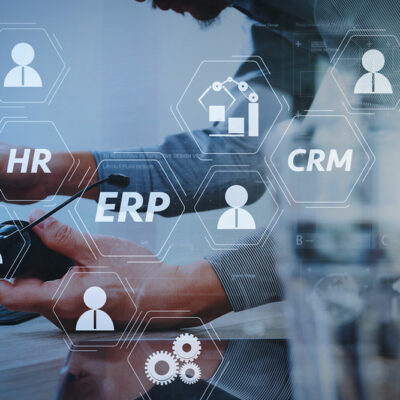
9 errors to avoid when buying commercial kitchen equipment
Kitchen equipment plays a key role in the success of the food business, as the right tools can make cooking and storage more efficient. So, while choosing commercial kitchen equipment, one should carefully consider factors like durability, energy efficiency, and price to avoid making an expensive mistake and ending up with faulty appliances. So, the process cannot be rushed. Further, one should avoid making the following errors while buying commercial kitchen equipment: 1. Skipping research For a food business, like a restaurant, kitchen equipment is one of the most essential resources. So, before buying such equipment, it is important for owners to do the required research. For example, one must look up brands and opt for the most reliable option. Further, one should look up the types of equipment to choose a suitable one. For instance, if a commercial kitchen needs an oven, one must determine the right type of oven to buy—convection, combination, conveyor, or pizza oven. 2. Not considering the menu Before purchasing any kitchen equipment, one must assess the business requirements, i.e., what their restaurant, food truck, or catering business needs. For this, they need to review their menu. For instance, if a restaurant plans on serving pizzas, they would need a pizza oven.
Read Article 









